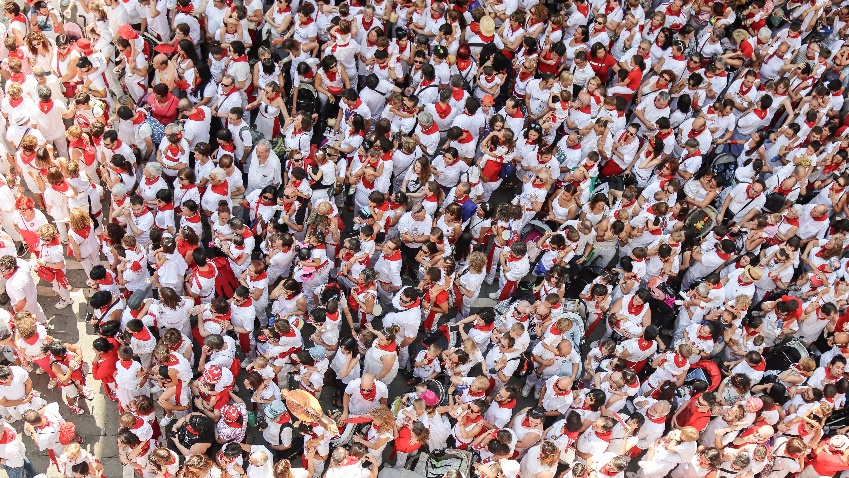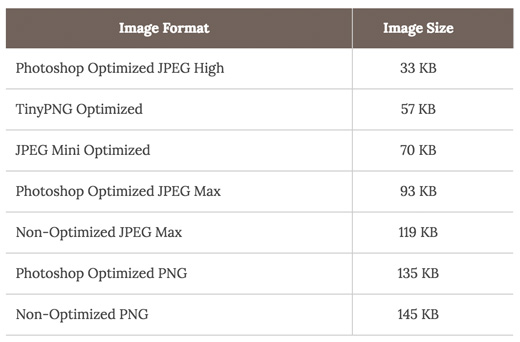
Speeding Up Your WordPress Site - For Beginners
When we think of creating a website, this is usually the first image that comes to mind:

But not with WordPress. You don’t need to be a technical wizard to create a great professional looking website. In fact, WordPress is so easy to use that over 32% of websites on the entire internet use it.
If you’re reading this, you probably already know what WordPress is. Beyond just choosing a fancy theme to wow your audience, there is probably one crucial thing that you overlooked. That is, how fast your WordPress site loads on your visitor’s device.
What benefits does having a fast website have?
Fast loading pages translate to a better user experience and retention. It also leads to search engines ranking your site higher.
The reason is that most users are impatient and will abandon your site if it they are kept waiting. Users today have grown accustomed to using their favorite websites run by large companies that load in the blink of an eye.
- 47% of consumers expect a website to load in under 2 seconds.
- 52% of consumers say that quick page loading is crucial to their site loyalty.
- A 1 to 3 second wait time decreases customer satisfaction by 16% and has a 7% reduction in conversions.
- 44% of consumers will tell their friends about a bad online experience.
- 40% of consumers will abandon a website that takes more than 3 seconds to load.

Internet Users Are Impatient Creatures
Not only are most people on the internet impatient, but they are also very fickle creatures. If something takes too long to load, they’ll stomp off in a huff, quit the website and then complain about the bad experience to their friends. If you’re an aspiring content creator, then first impressions matter even more!
Does a slow website affect my ranking on search engines?
Yes it does. Not only does a slow site lose visitors rapidly, but a slow website will also cause you to be given a lower priority on search engines. If you get a low ranking because you have a slow website, you’ll be losing valuable viewers that could have benefited from the content that you created. After-all, the tortoise may have won the race, but the hare got more viewers and traffic.
Google uses page speed heavily in mobile search rankings. And if Google is using it in their rankings, you can be sure that other search engines will be doing it as well. You can click here to find out if your web page is mobile friendly or here to see how fast your website is on all devices.
How can I improve my WordPress site speed?
While for non-techies, the Internet can seem like it works on magic and unicorn dreams, your speed test report will be filled with lots of technical jargon which most people will not be able to understand. Instead of trying to figure out how your website works, it’s better if you understand what makes it work instead.
1. Web Hosting
One of the most important things that people overlook is their web hosting provider. This simply refers to the company where your website is housed or located.
Think of your website like a person living in an apartment. Now think of the Internet as the elevator. When someone wants to visit your website, they will take the elevator (the Internet) to your apartment (website). However, like any elevator, the pipe that brings people to your website has a limited capacity. If too many people are trying to visit your website at once, because of the limited capacity of the elevator, not all of them will be able to visit you. Some of them may take the stairs. Others may choose to not visit you at all. If you have trouble visualizing how many people are trying to access your website at once, just imagine the number of people here trying to squeeze into the same elevator at once.

There are two things that you need to consider when deciding where to host your website.
Firstly, shared hosting versus dedicated servers. While using low cost shared hosting can seem like a no brainer, choosing shared host is a quick way to slow down your WordPress site. While popular shared host sites can be cheaper than dedicated servers, they come at the cost of downtime and slow speeds usually when you need them the most. Think of it this way, no matter how big the elevator to your apartment is, there will eventually be a limit to how big the elevator can get. Since this elevator is a shared elevator, not only will it be stopping at your apartment, it will also have to stop at other apartments, slowing down the time it takes your customers to get to you. Dedicated servers, on the other hand, are exactly what their name implies. One elevator, for you and you alone, bringing customers right to your doorstep.
Secondly, like in real-estate, location, location, location. Location means everything. If you plan for most of your audience to come from the USA then have your server hosted in the USA. There’s no point having your server located in a cheaper overseas hosting location, if most of your customers are from your country. The farther your customers have to walk to get to your apartment, the less customers will want to make that trip.
2. Install A WordPress Caching Plugin
Depending on the hosting platform you use for your WordPress website, it could be useful to install caching plugin. A WordPress website is dynamically generated, that means every time someone visits your site WordPress builds the website for them. This process is the same for 10, 100 or 1000 people visiting your site.
Think of it this way, imagine you’re a baker. Without a caching plugin, every time a customer wants a loaf of bread, you’ll take their order, mix the ingredients and then bake the bread. During this time your customers are just waiting. Compare that to if you baked a batch of loaves in advance, then your customers would only need to walk in and pick up their bread because it’s readily available. That’s what a caching plugin will do for your site, it bakes the bread in a batch so that your customers don’t need to waste their valuable time waiting every time they visit.
The link here gives some resources to plugins that you can use to help with caching and optimizing your site.
3. Optimize Images
Not all images are created equal, some are bigger than others because of different factors such as the resolution that it was taken at or the software used to compress it. The table below gives a good example:

As you can see, an optimized JPEG file is almost half the size of a non-optimized one. In fact, the bigger the size of the file the more time that it takes to load the image. This means that more resources would be needed to load the website, slowing it down for everyone else.
If you don’t know how to compress your images, there is a WordPress plugin to help you out. Click here for WordPress image compression plugin.
While there are more advanced things that you can do to optimize your website for speed, they do require deep, technical knowledge that most of us don’t have. If you’re interested in more advanced ways, you can click here or here. Happy WordPressing!
